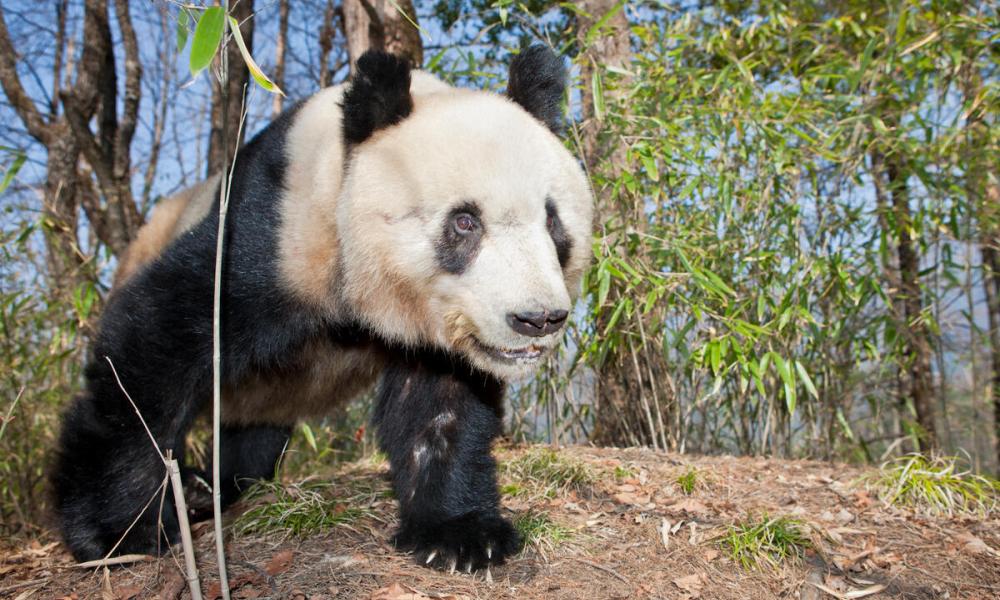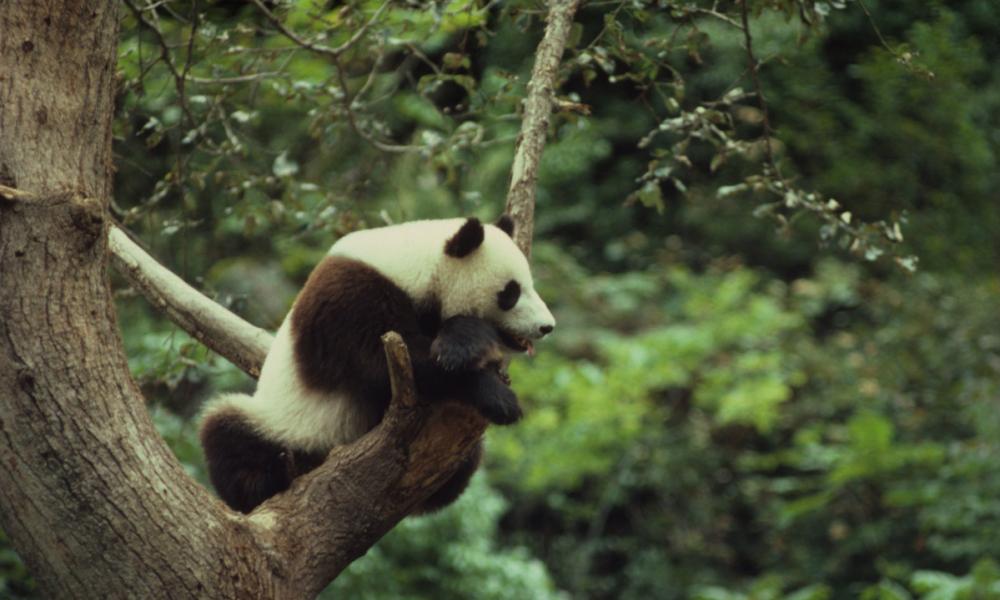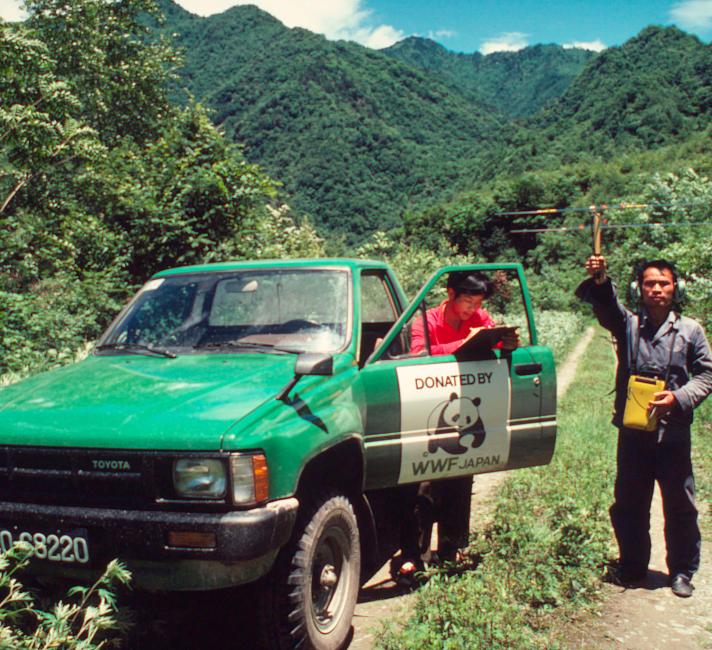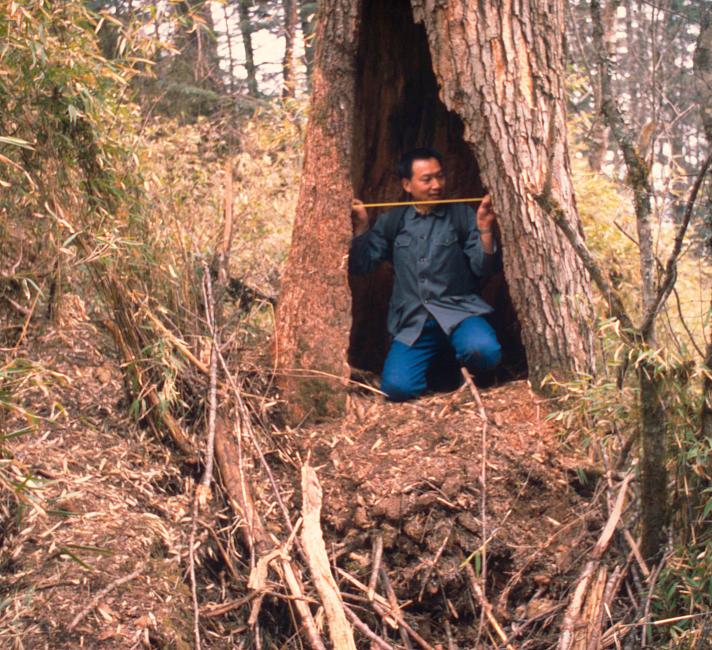
The issue
In the 1980s, giant pandas were in trouble – with estimates at 1,114 wild pandas remaining in the wild. We now know this was largely because their habitats were being fragmented, damaged and getting smaller, alongside other pressures like poaching. If we were to protect the giant panda, we needed to know more about them in the wild.
“Back in the 1980s, according to the second national panda survey, there were only 1,114 wild pandas. At that time, people were saying it was because of the bamboo flowering (natural die off), and due to issues breeding in the wild. But, after 10-20 years of studies, they found breeding wasn’t the issue. And we now know bamboo die off wasn't the only cause. It was habitat quality, bamboo distribution and also most importantly the human pressures. Human activities were disturbing pandas, shrinking the panda habitat.”

The Solution
Working together, an international team began researching wild giant pandas. With local researchers, rangers and community members, WWF started on a journey to understand wild giant panda conservation.
The group shared experience and knowledge about the landscape, panda distribution, scientific research techniques, modern field equipment and more. All this data gathering provided new insight into the behaviour of wild giant pandas and the threats they face – vital information for conservation efforts.

Result
Based on the last national survey in 2014, there are now just over 1,864 giant pandas in the wild. In 2016, the giant panda’s conservation status was downgraded from ‘Endangered’ to ‘Vulnerable’. This is a big panda paw step in the right direction.
The early work from the 1980s has a strong legacy as we continue to gain more insight into pandas’ biology and conservation status and collaborate with communities living alongside these iconic bears.





